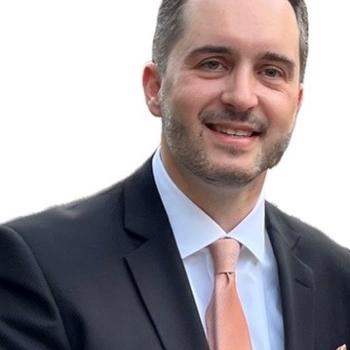Intravenous use of buprenorphine in the city of Thessaloniki, Greece
BACKROUND
Buprenorphine (Subutex) and buprenorphine/naloxone (Suboxone) in the form of sublingual tablets is an effective treatment for opioid use disorder worldwide. Combining buprenorphine and naloxone for sublingual administration may discourage diversion and abuse, by precipitating opiate withdrawal when taken parenterally. Diversion of those pharmaceuticals, however, represents a complex medical and social issue that has been documented in recent years. The aim of this study is to assess intravenous misuse of buprenorphine among intravenous substance users in the metropolitan area of Thessaloniki, Greece and an attempt to describe the profile of its users, as well as to identify possible factors influencing the prevalence of intravenous buprenorphine use.
METHODS
Adult Intravenous Drug Users, who reside in the city of Thessaloniki, were recruited from Street work Services of Organization Against Drugs (OKANA) and were asked to participate in this study. Each participant was called to answer a questionnaire in regards to health and living conditions, demographics and other factors that may pose a relation to the pharmaceutical misuse.
RESULTS
According to this study’s results, drug addicts in the metropolitan area of Thessaloniki use buprenorphine as drug of abuse intravenously to achieve higher levels of euphoric effects, as a means of avoiding injecting other opiates and also to satisfy their need of injecting. Buprenorphine misuse also seems to be accompanied with a combination of other substances, such as benzodiazepines, other sedatives, alcohol and cannabis.
CONCLUSIONS
Even though buprenorphine has proven to be a safer alternative to methadone treatment of opiate dependence, there is still a risk of misuse and diversion to the illicit market, and therefore measures to address this issue are always necessary. Further investigation on this matter is required and may shed some light on the factors affecting buprenorphine misuse, as data on EU countries is still insufficient.
